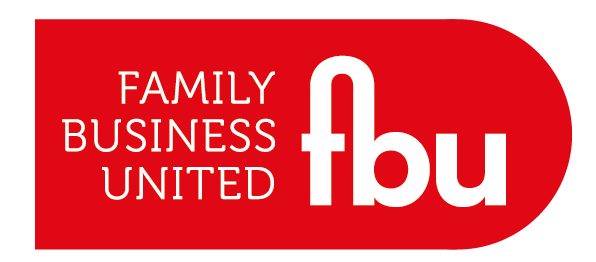Succession Doesn't Have To Create A Difficult Conversation
- Paul Andrews - Founder & CEO, Family Business United

- Jun 23, 2012
- 4 min read

Preparing to pass the business to the next generation is often seen as one of the biggest challenges facing the family business, resulting in changes both for the family and the business. In addition, there are issues that need to be faced such as the fact that the current leader is getting older, and getting closer to ‘death’ which is a topic that is not often up for discussion, and there is the matter of the next generation waiting in the wings, some willing and able to take the helm and others quietly hoping that they will never be asked.
Sadly, doing nothing does not make the succession challenge disappear as it will inevitably happen one day.
So, it is not easy to plan for succession due to the emotional and relationship aspects that need to be addressed, but successful family businesses mitigate the risk to both the family and the business by planning for the future and therefore being in a position to address the topic in a much more rational and business-like manner.
As Howard Hackney, family business consultant and experienced family business adviser explains, “Succession planning should always be on the agenda for any business and cannot really start early enough. Businesses that plan to succeed reduce the risk of problems further down the line.”
“Although it does not eliminate the risks completely, holding a rational, sensible conversation about what the business needs from the leader going forward and evaluating this against the potential in the next generation in a clear and practical manner, undoubtedly provides a greater platform for success going forward.”
With that in mind, the succession planning process can be broken down into seven key steps, helping to engage the next generation in the conversation:
1. Preparing Attitudes
It is important that the next generation understand the nature of the business, and the values that are important too. Many of these will be derived through contact with the family business as they grow up, summer work experience, listening to conversations, visits to the office etc and these are important so that they gain a feeling for ‘what the family business is all about.’
2. Entry Into The Business
Clearly, the next generation need to want to work for the business, have the right skills and competencies and entry into a role in the family business will provide them with this opportunity. It is important that they enter a role for which there is a need and are not simply recruited as they are related and there needs to be a clear job description and role for them, just as there would be for any other new inductee.
It is also important to ensure that they are given the necessary training, orientation and assistance in developing relationships within the business with other employees, managers and directors too.
3. Developing Their Understanding
Once the next generation have gained a footing in the business and are performing a role, the next stage in the succession planning process is to develop and cultivate the skills required to lead the business in the future. Initial understanding can be derived internally but external inputs may assist in the process through mentoring, leadership programmes and university educational programmes too.
4. Leadership Development
As the next generation get older, and the existing generation have aged too, there will be a period when the leadership skills of the next generation are developed, preparing them with the skills that may be required to run the business in the future.
5. The Selection Process
Selecting the next person to run the business is not an easy decision, and there may well be more than one candidate to consider from within the family as well as outsiders. It is important that the selection process is clearly understood by all concerned and that the process is adhered to in order to reduce the risks going forward.
The process may involve selection by the incumbent, the family executive team, the board of directors or general consensus between the family, board and executives.
6. Transition
Once the successor has been appointed there will be a period of transition where they become involved in the strategic decision making processes and the development of their own management team too. Over a period of time, key relationships are transferred and naturally the incumbent will do less and the successor will do more.
7. Starting Again
Although unlikely to commence straight away, when it comes to leadership of the family business, succession planning should always be on the agenda and consideration should always be made to the next generation and developing the leaders of the future.
As Howard explains, “All too often family businesses leave the decisions until it is too late – the incumbent passes away suddenly and the next generation are left to pick up the pieces, at a time when they are emotionally hurt and grieving and planning in advance can help to reduce the burden at that time.”
“Furthermore, failure to address the issues on a timely basis may result in the next generation forging a career outside of the family firm and then decide that they don’t want to come back to the family business so communication between the generations is vital to ensure the right outcome overall, for the family and the business.”
Succession planning does not happen overnight but clear and open communication over the years can certainly help to provide a framework within which to operate, with everyone knowing where they stand and understanding what the business needs and the skills that the next generation need to lead the business going forward too.








%20copy%20(4)%20copy%20(1)%20copy%20copy%20(1)%20copy%20(1)-Medium-Quality.jpg)



.png)
























